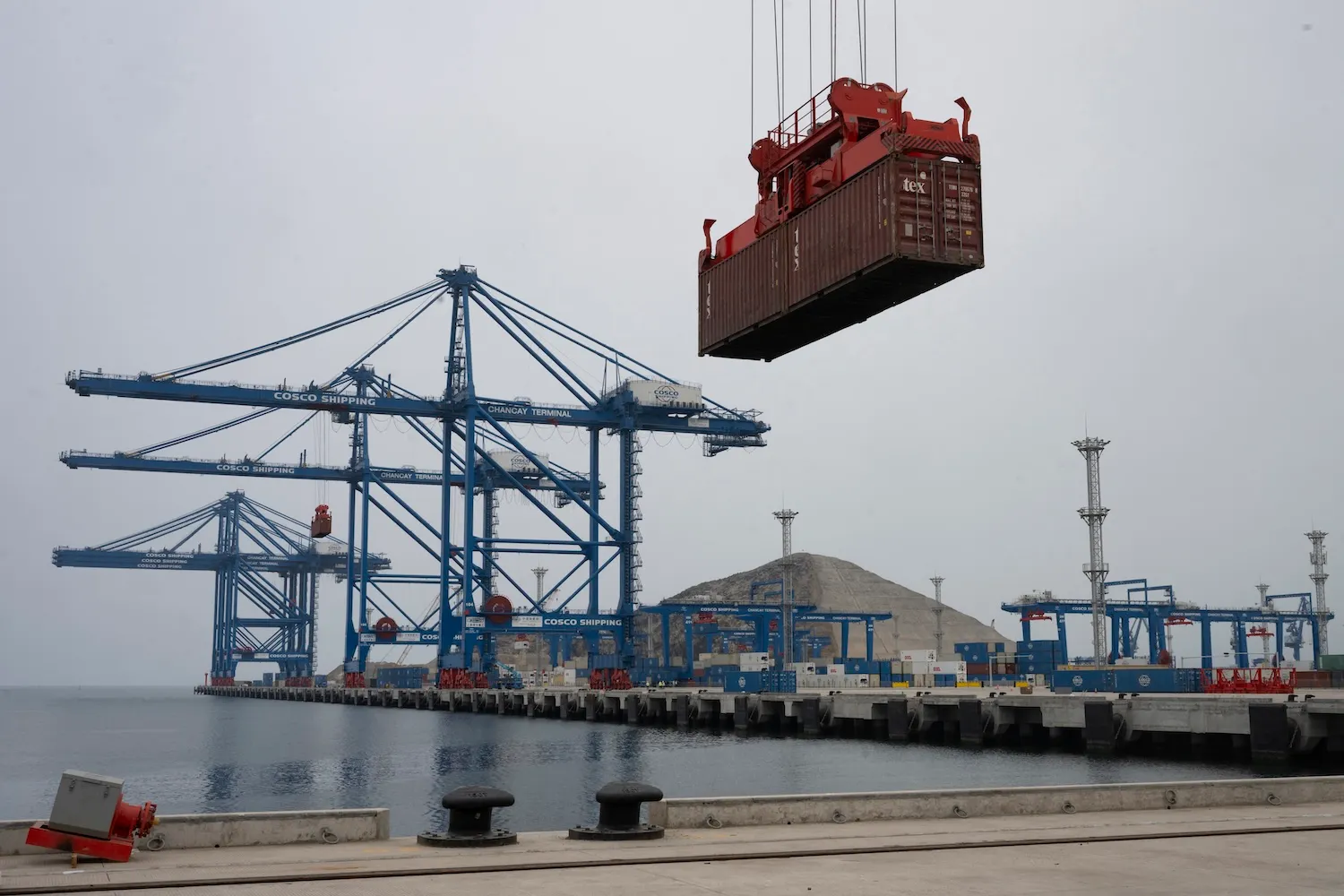
作者/Author(s): Mie Hoejris Dahl
網站來源/Source: Foreign Policy
日期/Date:11/13/2024
關鍵字/Keywords: 一帶一路、經濟
摘要:
習近平在出席亞太經濟合作組織(APEC)峰會期間訪問秘魯,並為一個深水港揭幕。該港口是中國「一帶一路」倡議的一部分,但可能成為最後一個大型項目。
- 習近平提出 BRI 旨在提升中國的外交影響力,同時外包國內過剩的資源、生產能力和人力。
- 該倡議也幫助拉丁美洲和加勒比地區不少發展中國家,增建和升級他們的基礎設施。
- 中國願意向該地區提供條件寬鬆的大型發展項目融資,而美國和歐盟則持保留態度。
- 然而,這些項目因施工品質低劣和腐敗問題備受批評,招致大量負面評價。不少國家也因此背負沉重債務,需要世界銀行和美洲開發銀行介入並協助償還貸款。
- 陷入債務困境的國家試圖透過其他方式償還中國,但債務數額過於龐大,中國可能難以收回投資。
- 中國現今面臨國內經濟和政治困難,持續縮減大規模「一帶一路」項目,轉向專注於前端投資的小型項目。
- 不合標準的「一帶一路」項目也削弱了中國的外交影響力。
- 中國無法繼續為大型「一帶一路」項目提供融資,不少項目面臨延誤或終止的命運。
- 中國傾向於透過數位化、通訊、電動汽車和清潔能源等前端項目,收回投資並降低風險。
- 與傳統的基礎設施項目相比,中國的新重點具有更低風險、更少支出以及更快經濟回報的特性。
- 在能源和經濟生產成長的同時,拉丁美洲仍需要大型基礎設施。中國投資該地區的資金大幅減少,讓非中國開發銀行有機會填補缺口。然而,這些開發銀行無法滿足拉美國家對巨額資金的需求。
- 中國轉向數位基礎設施的戰略,可能幫助拉丁美洲國家推自動化和人工智慧動製造業,升級生產基礎,引領清潔能源轉型。然而,這一新計畫也讓各國有國家安全方面的擔憂。
Summary:
Xi Jinping inaugurated a deep-water port during his visit to Peru for the APEC summit. The port is part of China's BRI project but may also be the last.
- Xi introduced the BRI to boost China's diplomatic influence while outsourcing its excessive resources, production, and manpower.
- The BRI also helped developing Latin America and Caribbean countries add and upgrade their basic infrastructures.
- China is willing to finance large development projects with loose conditions to the region, while the US and European Union were reluctant.
- However, the projects drew more criticism than praise for their substandard construction practices and corruption. They also left countries with burdensome debts, requiring intervention from the World Bank and Inter-American Development Bank to service them.
- Debt-distressed countries tried to repay China through other means. However, China may not regain its investments because the debts are too much.
- Yet, amid domestic economic and political predicaments, China is scaling down massive BRI projects, opting for smaller projects focused on frontier investments.
- Substandard BRI projects also undermined China's diplomatic influence.
- Due to China's inability to continue financing large BRI projects, some projects face delays or termination.
- China is also keen to regain and de-risk its investments by tilting towards frontier projects, especially in the digital, communication, electric vehicle, and clean energy sectors.
- China's new focus presents less danger, lower expenses, and quicker economic returns than traditional BRI infrastructure projects.
- Latin America still needs large infrastructure amid growth in energy and economic production. Chinese funds to Latin America dropped tremendously, giving non-Chinese development banks the opportunity to fill the gap. Yet, these development banks could not satisfy Latin American countries' appetite for more funds.
- However, China's shift to digital infrastructure could help Latin American Countries upgrade their production bases by implementing manufacturing automation and artificial intelligence. It could also help them undergo a clean energy transition. Yet, there are also national security concerns arising from the new scheme.
